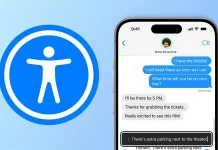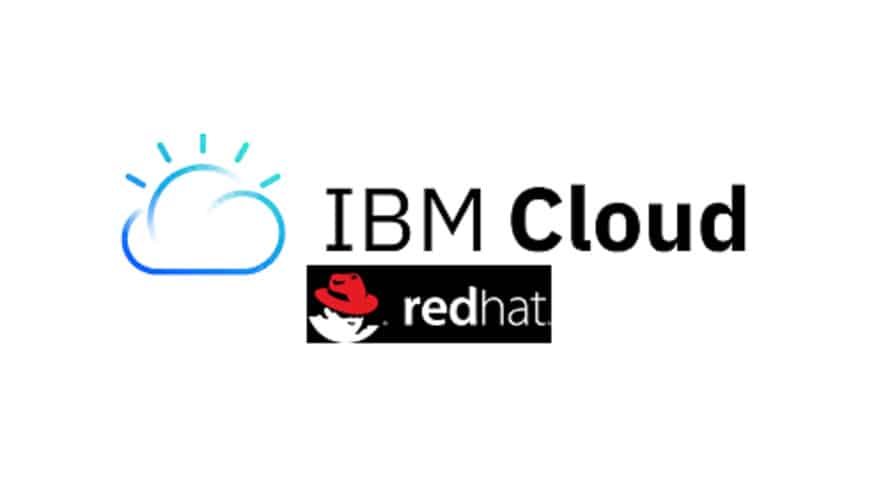
Whether you’re making daily vlogs or makeup tutorials, creators have the potential to reach an enormous audience on YouTube, as more than 2 billion people log in to the video site each month.
But while many creators now earn enough to focus on producing their YouTube videos full time, making money on YouTube is not easy. It requires dedication, a focused strategy and – of course – good content.
Here are five steps to make money on YouTube:
- Focus on your content.
- Grow your audience.
- Sign up for the YouTube Partner program.
- Look into other revenue streams.
- Be patient.
Focus on Your Content
Making money on YouTube requires building an audience and getting views on your videos. The best way to do that is to create quality content.
Look for an area in which you have unique expertise or a niche that has a dedicated fanbase and start regularly putting out content.
“Consistency is key,” says Hallease Narvaez, a filmmaker with nearly 90,000 subscribers on YouTube, who started concentrating in 2015 on monetizing her channel primarily focused on Black women and natural hair. “Whatever identities you hold, lean into them and try to speak as authentically as you can. If you’re non-genuine, your audience will know it.”
Grow Your Audience
One important way to grow your audience is by using other social media platforms to help build your brand and gain new followers. Andrew Lokenauth, a personal finance influencer with nearly 3,000 followers on YouTube, says he has used his larger following on TikTok, Instagram and Twitter as funnels to begin growing his YouTube numbers.
“If you’re taking the time to produce content on YouTube, you can repurpose it on other platforms,” he says. “You can put the best 30-second hooks on TikTok and Instagram reels or type it into Twitter.”
Sign Up for the YouTube Partner Program
The most direct way to monetize your money through YouTube is by joining its partner program. To qualify, you’ll need to have at least 1,000 subscribers and have logged at least 4,000 valid public watch hours in the past year.
Once approved, YouTube will start sending you a share of the ad revenue generated from your page. Plus, you’ll have access to other monetization opportunities through YouTube, including:
- Selling products to your viewers through a store on your channel.
- Selling memberships to your channel.
- Selling “Super Stickers” that viewers can use during your live chats.
Look Into Other Revenue Streams
There are many ways to make money through your content on YouTube without getting paid by YouTube directly. Here’s a look at a few:
Affiliate marketing
If you do product reviews on your site, you can sign up for affiliate programs with e-commerce companies such as Amazon. Then, if your viewers purchase items through links you post, the e-commerce companies will send you a share of the revenue.
Sponsored content
As you grow your audience, you may be able to get the attention of brands who will pay you as an influencer to create content featuring their products or to work with them on sponsored projects.
For example, last year Narvaez partnered with Target to create a series of videos on her channel about Black-owned businesses that sell their products in Target stores.
Crowdfunding
Some YouTubers are able to generate revenue by asking their viewers to pay them on subscription crowdfunding sites like Patreon.
“My Patreon is set up on a monthly basis, or they can join for the year at a slight discount,” Narvaez says. “It’s a place for them to get early access to my videos or get snippets of my classes on Skillshare.”
You can also raise money on a one-time basis by using crowdfunding sites, like Kickstarter, and promoting them on your YouTube channel.
Teaching classes
Many successful YouTubers earn revenue by creating courses that teach others how to follow in their footsteps. Narvaez sells Skillshare courses on how to edit and produce videos, for example.
Be Patient
It takes time to build up an audience large enough and engaged enough to start to generate significant revenue. Many high-profile YouTubers spent years building their audience and creating content before they were able to successfully monetize it. Simply building up enough followers to qualify for the YouTube partner program can take time, although if you have an extremely engaged following you may be able to nab some sponsorship deals before then.
“Generally I think you should expect it to take a minimum of two to three years before you see any form of consistent income,” Narvaez says.
























